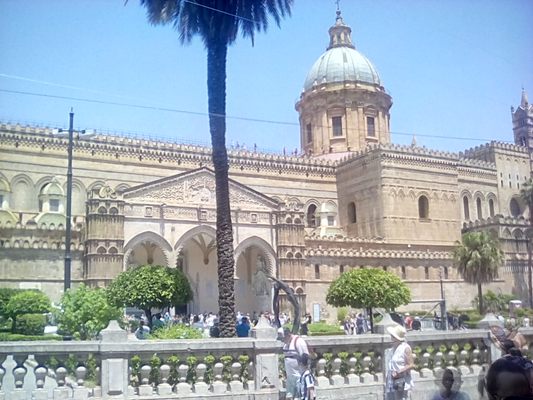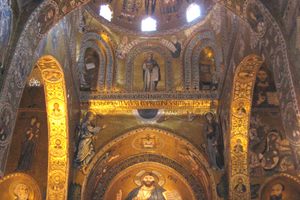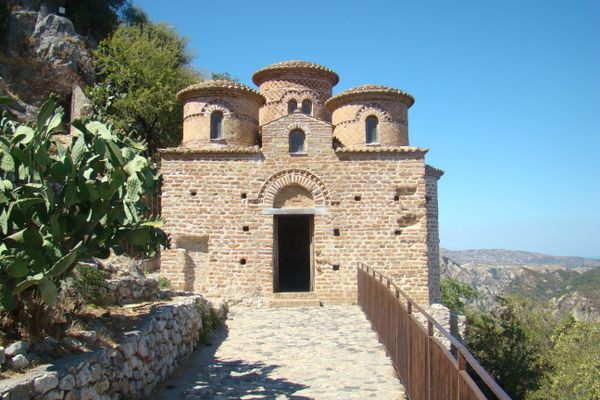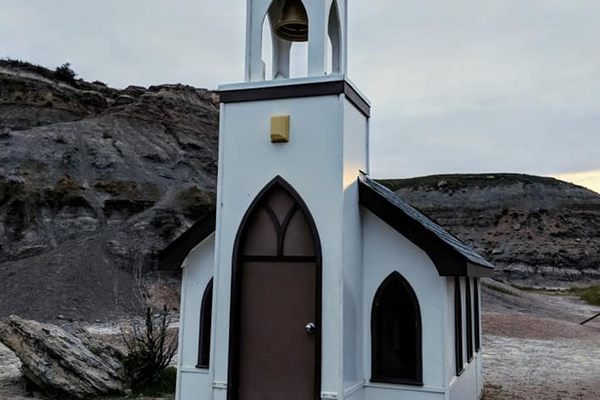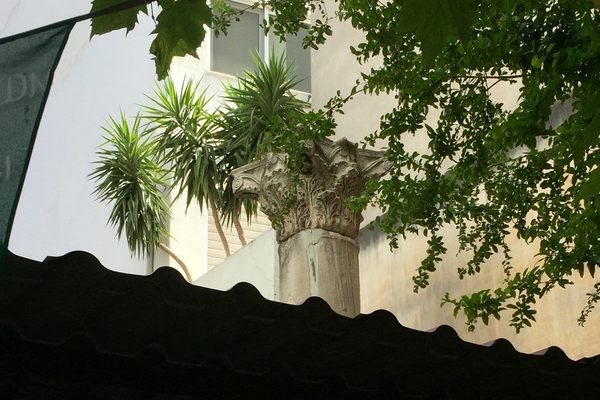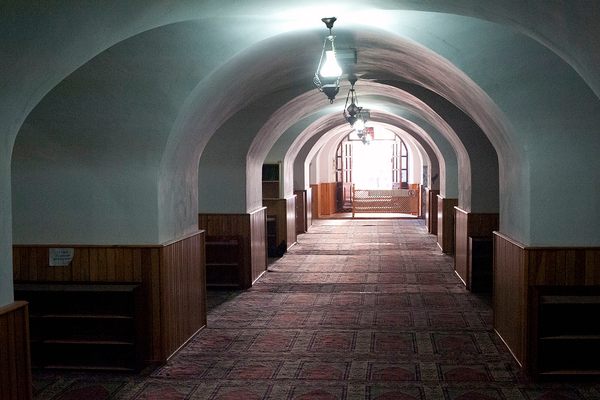About
Since its initial completion in the 12th century, Palermo Cathedral has seen centuries of haphazard additions by successive foreign rulers, a fate one historian referred to as a "sad travesty." A more charitable assessment is that the cathedral, all its dizzying swirl of parapets and spires, belfries and buttresses, is a thrilling Escher-esque monument whose every gaudy adornment holds a key to an era of Sicily's history.
Perhaps none of these ornaments is more illustrative of the island's rich history than the Arabic inscription on the far left column of the cathedral's entrance.
The inscription dates to the Islamic rule of Sicily, from approximately the 820s to the 1070s, when the site on which the cathedral now stands housed the Great Mosque of Bal'harm (the Arab name for the Palermo). The inscription is a verse from the seventh Surah of the Quran:
"Your Lord is God; He who created the heavens and the earth in six days, then established Himself on the Throne. The night overtakes the day, as it pursues it persistently; and the sun, and the moon, and the stars are subservient by His command. His is the creation, and His is the command. Blessed is God, Lord of all beings."
How this column and its Islamic engraving became a supporting pillar of the right Gothic portico of a cathedral dedicated to the Assumption of the Virgin Mary is one of Sicily's many mysteries. The column is of Roman origin, likely part of the Byzantine-era basilica that became the Great Mosque. However, the column itself was added to the portico during the latter's construction in the 15th century (long after the Norman re-appropriation of the mosque), during which time the island was ruled by the Crown of Aragon. Perhaps it didn't occur to anyone involved to smooth off the infidelic inscription, and, hey, good Roman marble doesn't grow on trees!
Islamic rule in Sicily began with the 9th-century betrayal by Euphemius, then commander of the Sicilian fleet. The naughty Byzantine general had kidnapped a nun whom he forced into marriage; the ensuing scandal led to his denunciation by Emperor Michael II. In a retributive attempt to become ruler of Sicily, Euphemius recruited armies from the neighboring North African Aghlabids, who quickly disposed of Euphemius and took the island for themselves. Muslims would rule Sicily until the late 11th century, when the island was taken by the Normans, themselves opportunistic guests who had been invited as a mercenary force to southern Italy by the Lombards, who found themselves soon subjugated by their erstwhile companions.
Related Tags
Flavors of Italy: Roman Carbonara, Florentine Steak & Venetian Cocktails
Savor local cuisine across Rome, Florence & Venice.
Book NowCommunity Contributors
Added By
Published
May 18, 2018







